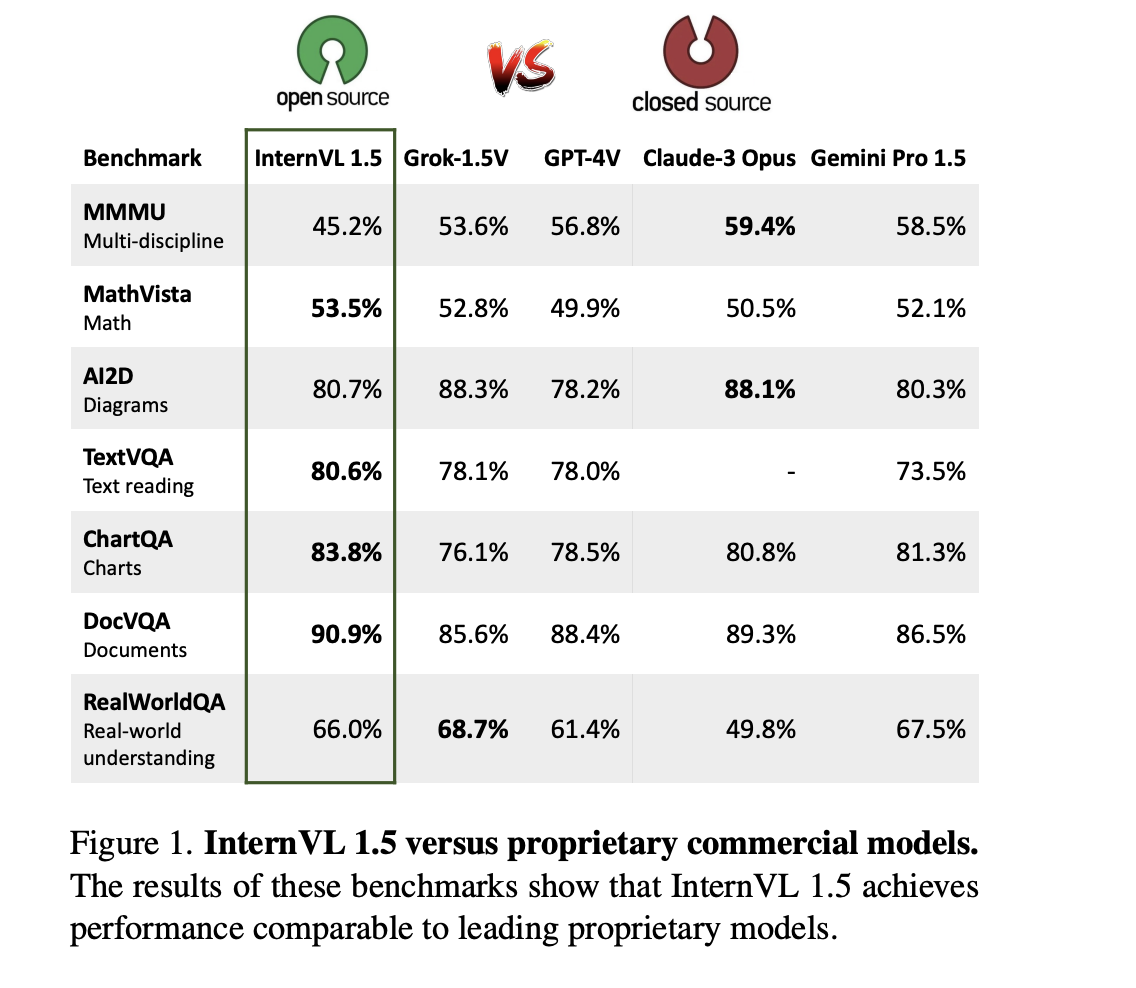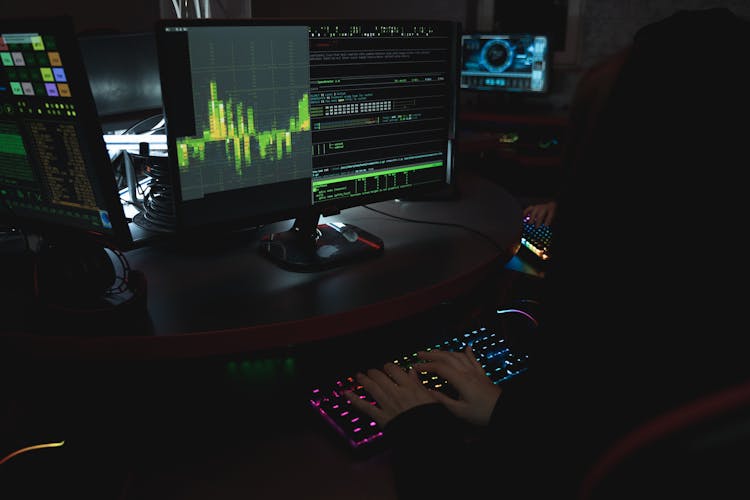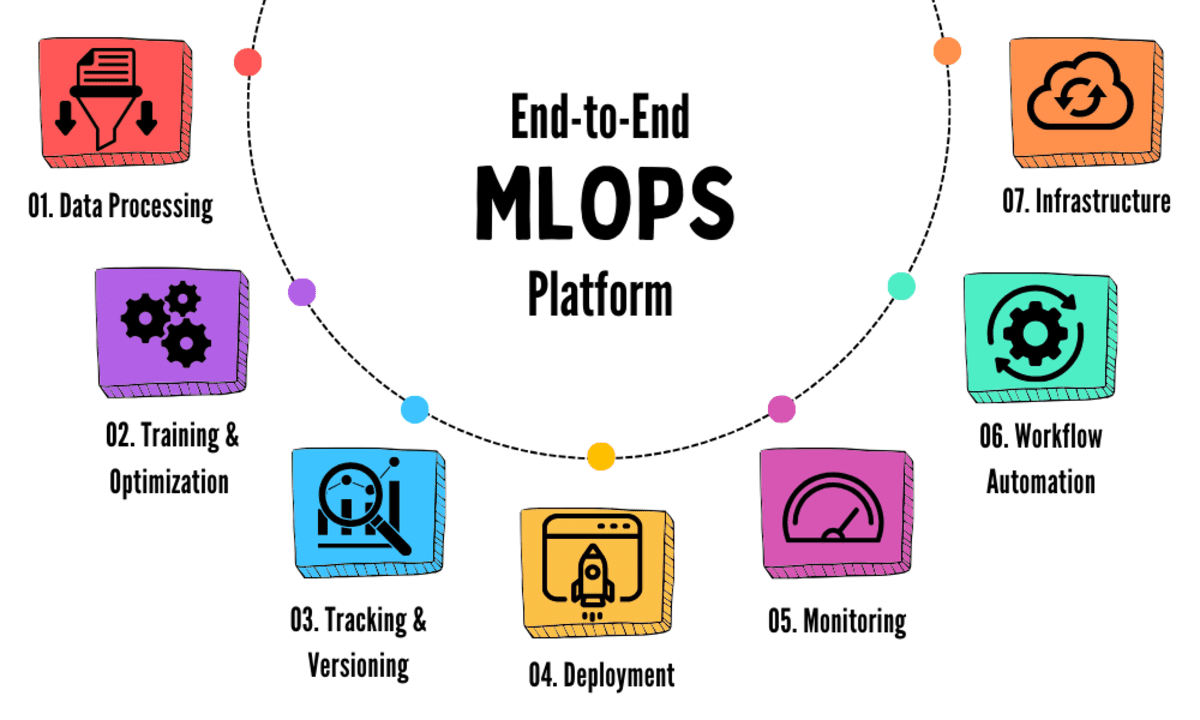In today's digital-first age, the volume of data managed and processed by organizations has skyrocketed, making efficient data extraction techniques more crucial than ever. Particularly, extracting data from PDFs—an often cumbersome and error-prone task—has seen significant advancements with the emergence of Artificial Intelligence (AI). This article explores how AI technologies, specifically PDF data extractor…









